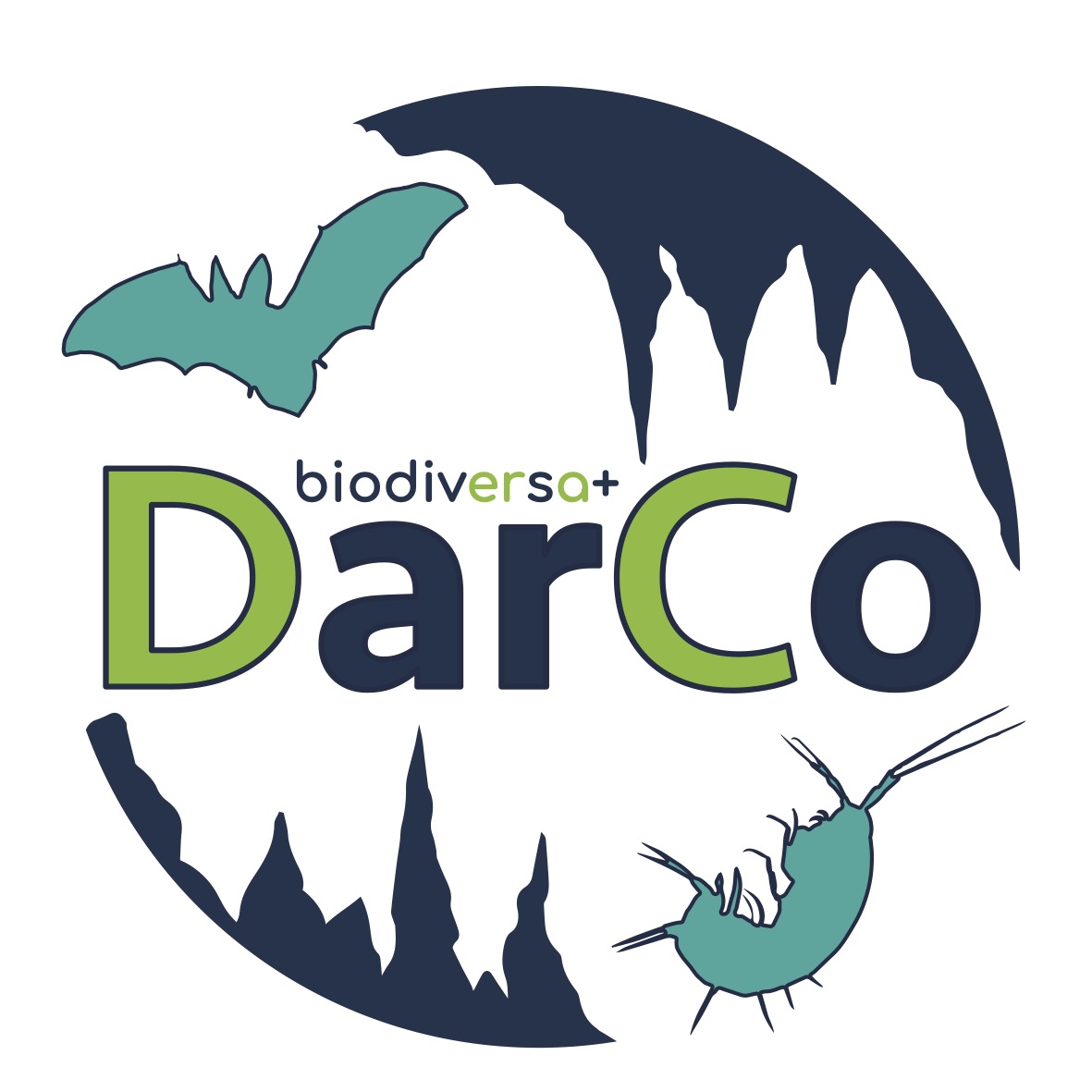Projects
The purpose of the investment project BTH-NIB is the assurance of the appropriate infrastructural conditions for the use of research and developmental opportunities in the fields of operation of the NIB.
Play Video About project Publication
DarCo – The vertical dimension of conservation
Project coordinator: Dr Stefano Mammola, Consiglio Nazionale delle Ricerche, Istituto di Ricerca sulle Acque, Italy
Coordinator for NIB: Dr. Nataša Mori
Code: »BIODIVERSA+ 2021-2022 JC« DarCo, Contract with Ministry: C3330-22-252025
Duration: 1.3.2023 - 28.2.2026
Website: http://www.meg.irsa.cnr.it/index.php/component/content/article?id=105
Project funding: Biodiversa+ 2021–2022 joint call “Supporting the protection of biodiversity and ecosystems”
DarCo – The vertical dimension of conservation (subtitled A cost-effective plan to incorporate subterranean ecosystems in post-2020 biodiversity and climate change agendas) is an international project of the European Biodiversa+ scheme, bringing together 13 partners from 11 countries under the leadership of an Italian coordinator (IRSA-CNR). The project will develop plans for the integration of subterranean ecosystems into the biodiversity conservation strategy over the next three years.
The DarCo project aims to produce overviews of the distribution patterns of underground biodiversity in Europe and to develop a clear roadmap for the integration of underground ecosystems into the European Union's (EU) Biodiversity Conservation Strategy 2030. Using existing databases and an international network of researchers and expertise, we will collect data on the distribution, traits and phylogeny of all major groups of underground animals, including crustaceans, molluscs, insects and vertebrates. These data will be used to predict species responses to human pressures using hierarchical modelling. The predictions of the models developed will form the basis for the first dynamic mapping of underground life in Europe. Using the available spatial data, we will develop a plan for the protection of underground biodiversity, complementing the current EU network of protected areas (Natura 2000), while taking into account the expected impacts of climate change in underground ecoregions.


 Scope of NIB's accreditation is given in the Annex to the accreditation certificate and in the List of accredited methods for detection of GMOs and microorganisms – plant pathogens
Scope of NIB's accreditation is given in the Annex to the accreditation certificate and in the List of accredited methods for detection of GMOs and microorganisms – plant pathogens 
